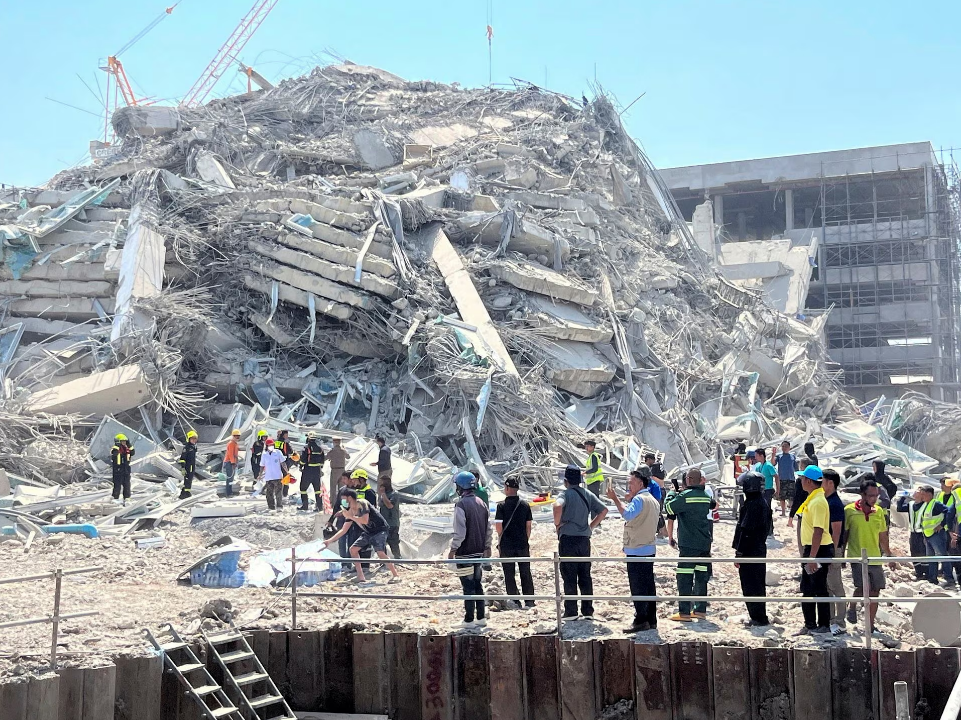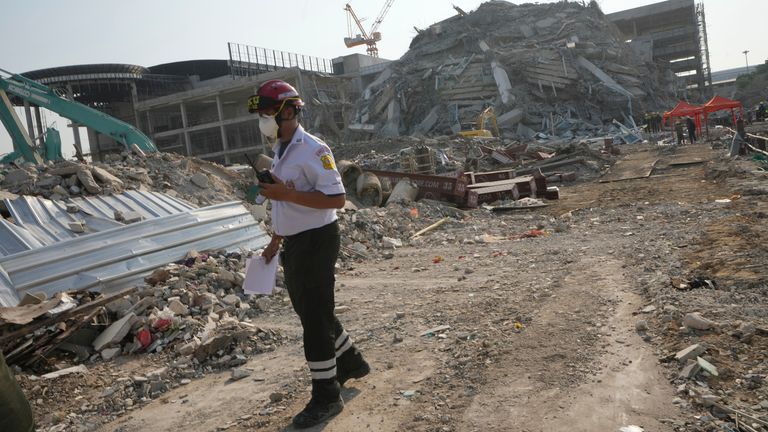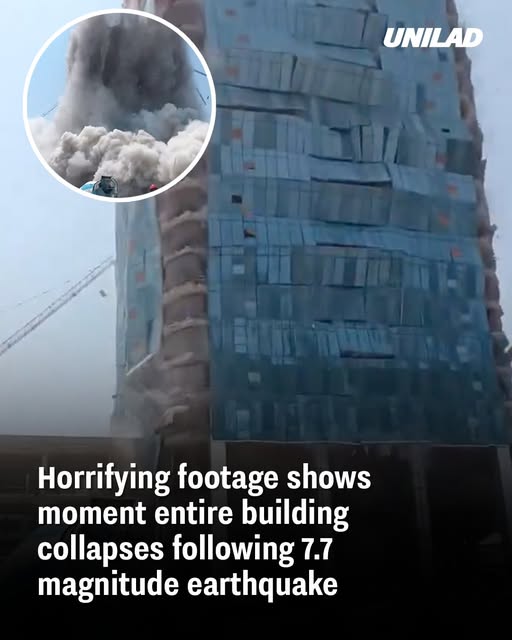A devastating 7.7-magnitude earthquake struck central Myanmar today, with its epicenter near Mandalay, the country’s second-largest city. The tremors were so powerful that they were felt as far away as Bangkok, Thailand, causing significant damage and casualties in both nations.
Impact in Myanmar
In Myanmar, the earthquake caused widespread destruction. Mandalay University and several key structures in Naypyidaw, the capital, suffered severe damage. The Yangon Times reported numerous casualties, including fatalities at a mosque in Mandalay. The healthcare system, already strained by years of civil conflict, is struggling to cope with the influx of injured residents. In an unprecedented move, Myanmar’s junta has issued a plea for international aid, highlighting the severity of the situation.
Impact in Thailand
In Thailand, the earthquake’s effects were profoundly felt in Bangkok. A 30-story building under construction in the Chatuchak district collapsed, resulting in at least three confirmed deaths and approximately 90 individuals reported missing. Terrifying footage captured the moment the skyscraper crumbled, sending plumes of dust into the air as bystanders fled the scene. The Thai Prime Minister has declared Bangkok an emergency zone, mobilizing police and emergency services to assist in rescue operations.

Structural Concerns and Preparedness
The earthquake has raised concerns about the structural integrity of buildings in Bangkok, particularly those constructed before the implementation of stricter building codes in 2007. The Department of Mineral Resources has warned that older buildings may be vulnerable to damage from future seismic events. Civil engineering experts are urging inspections and necessary reinforcements to ensure the safety of these structures.
Ongoing Rescue Efforts
Rescue operations are underway in both Myanmar and Thailand. In Bangkok, authorities are working tirelessly to locate and free individuals trapped under the rubble of the collapsed building. Similarly, in Myanmar, efforts are focused on searching for survivors amidst the widespread destruction. The full extent of the damage and casualties is still being assessed, and officials warn of potential aftershocks in the coming days.
International Response
The international community has begun to respond to the disaster. The European Union, France, and India have offered assistance to the affected regions. The plea for international aid by Myanmar’s junta underscores the dire conditions on the ground and the urgent need for humanitarian support.
The Aftermath and Humanitarian Crisis
As the dust settles, both Myanmar and Thailand are facing a mounting humanitarian crisis. Thousands of people have been displaced, with many forced to sleep on the streets due to fears of aftershocks. Temporary shelters have been set up, but resources are scarce, and access to clean water and medical supplies is becoming increasingly difficult.
In Myanmar, where political turmoil has already strained the country’s infrastructure, the situation is particularly dire. Many hospitals have reported overwhelming numbers of injured victims, with some facilities running out of essential medical supplies. Relief agencies, including the Red Cross and the UN’s humanitarian division, are attempting to coordinate efforts, but accessibility remains a major challenge due to damaged roads and collapsed bridges.
In Thailand, the situation is somewhat more controlled, but the collapse of the high-rise building in Bangkok has created a desperate race against time to rescue those trapped beneath the rubble. Family members of the missing have gathered near the site, anxiously awaiting news of their loved ones. Search-and-rescue teams are utilizing advanced thermal imaging technology to detect survivors, but the risk of further collapse is slowing down operations.

Economic Impact and Damage Assessment
Beyond the immediate humanitarian crisis, the economic consequences of this disaster are expected to be severe. Myanmar’s economy, already weakened by international sanctions and internal conflicts, is likely to suffer additional setbacks as businesses struggle to recover from the destruction. Many local markets, businesses, and factories in Mandalay have been damaged, and power outages have left entire regions in darkness.
In Thailand, the impact on the construction and real estate industries is significant. The collapse of the Chatuchak district high-rise has prompted urgent inspections of other buildings, leading to temporary shutdowns of numerous offices and residential towers. The tourism industry, which plays a major role in Bangkok’s economy, is also expected to take a hit, as visitors cancel their travel plans due to safety concerns.
Conclusion
This earthquake serves as a stark reminder of the unpredictable nature of seismic events and the importance of preparedness and resilient infrastructure. As rescue and recovery efforts continue, the thoughts of the global community are with those affected by this tragedy.

















